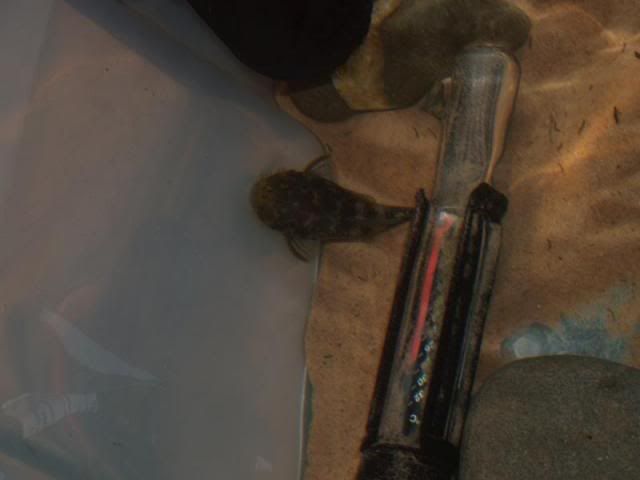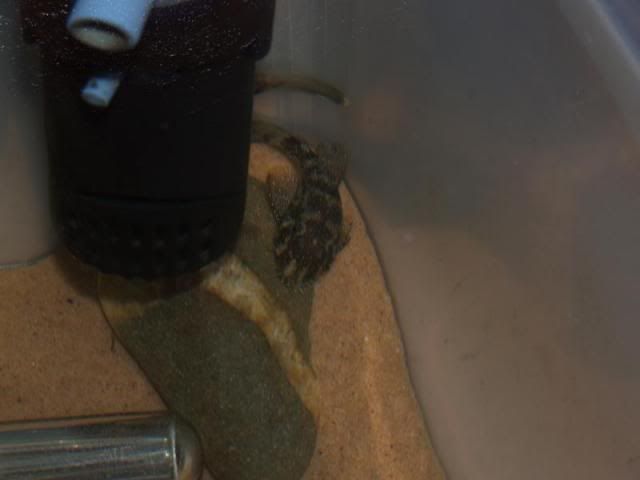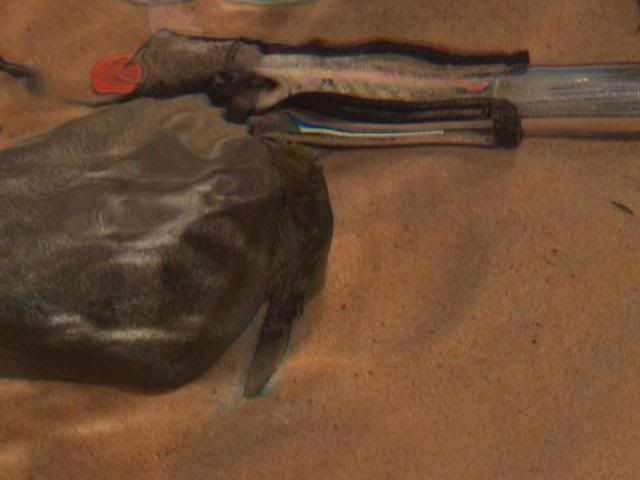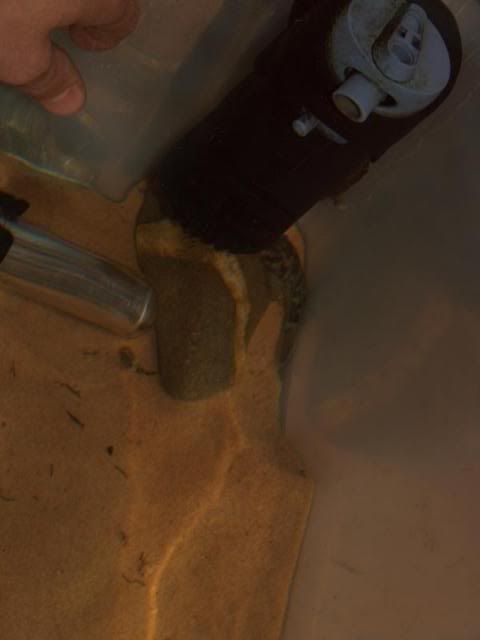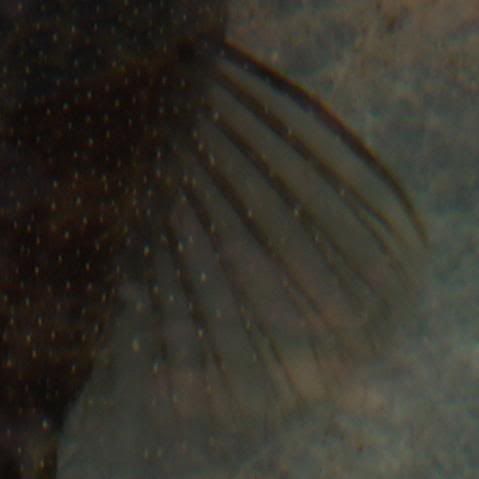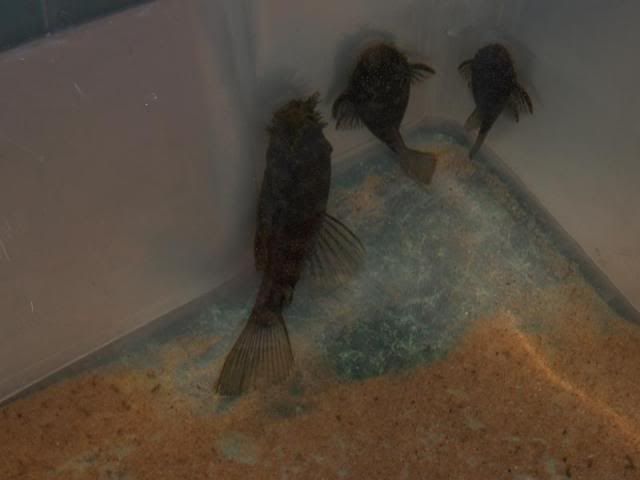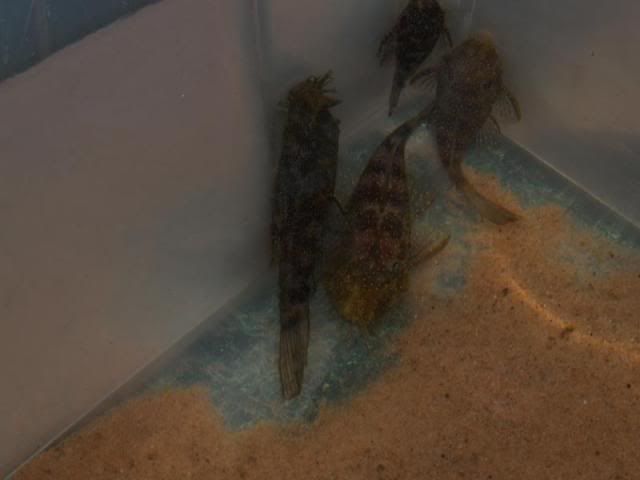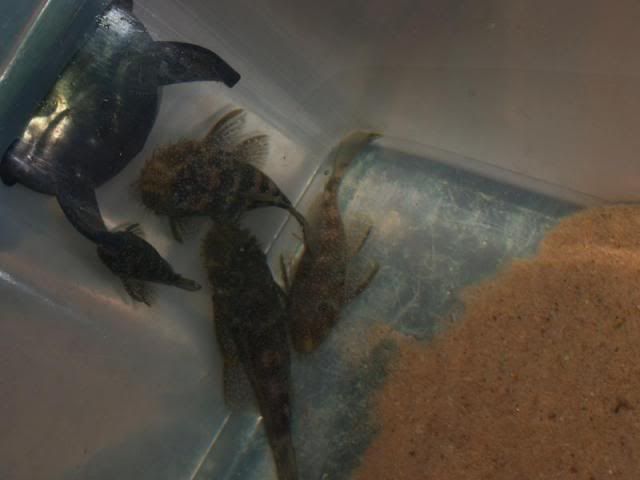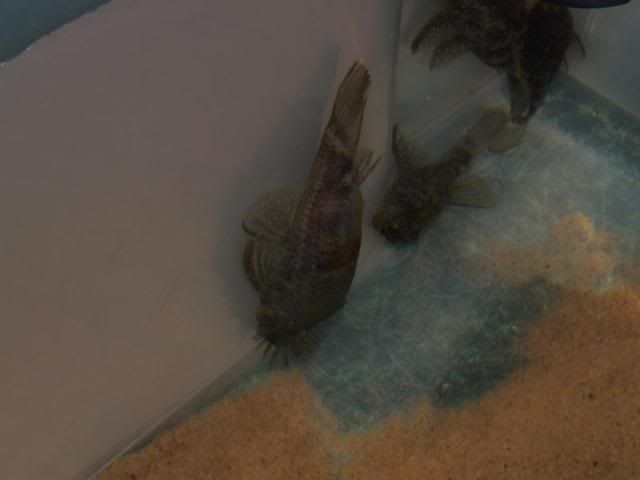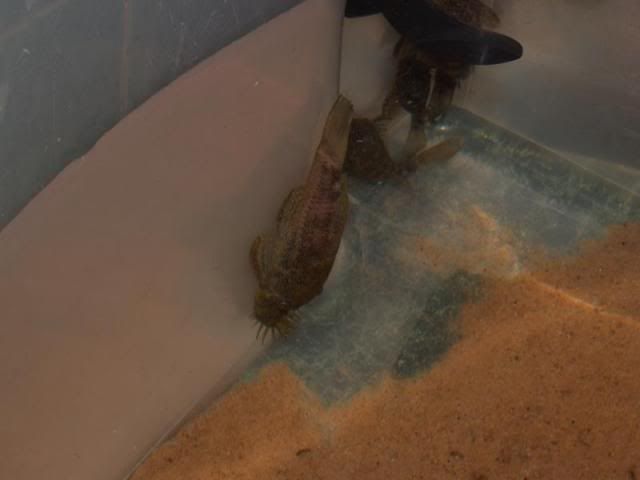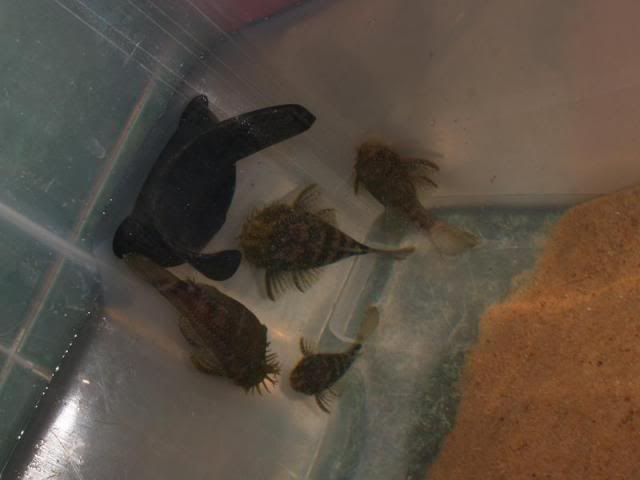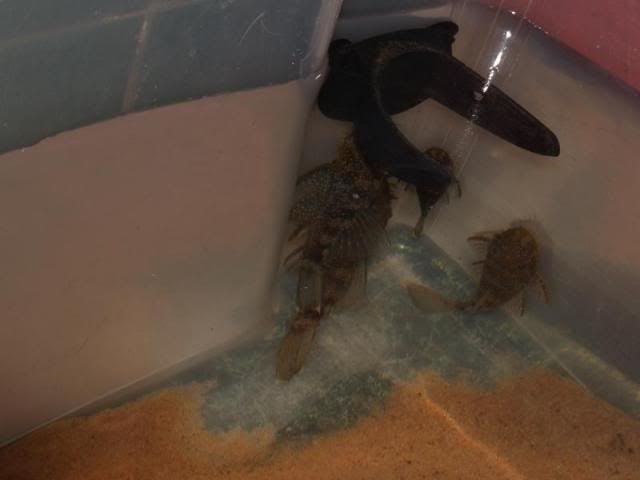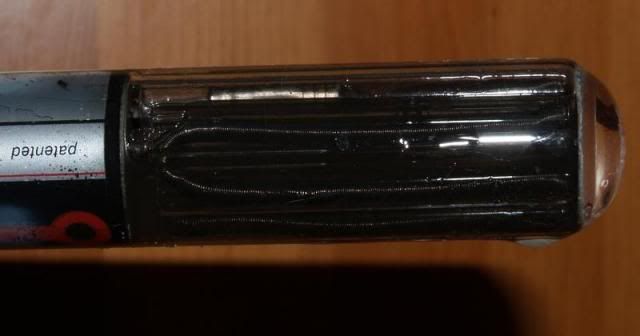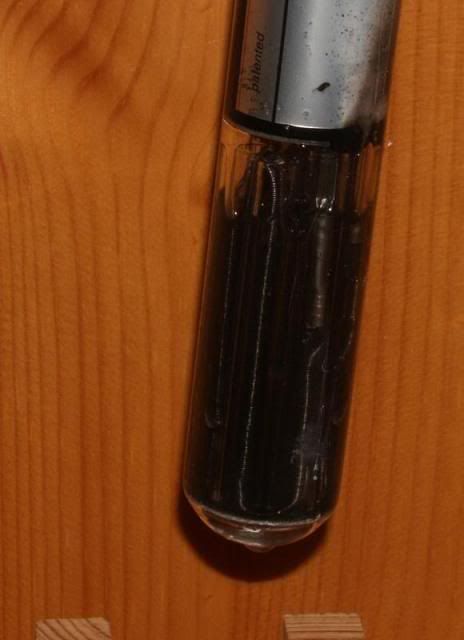Page 1 of 1
acclimatising L183s
Posted: 27 Apr 2007, 01:31
by PsYcHoTiC_MaDmAn
their arriving in the morning, been told their in more or less what i keep my malawis in. (pH 7.8 Kh6 Gh4) however i want to move them in with my geos once they've finished quarantining.
the geos are currently in at pH of 7 Kh1-2 Gh not detectable. how the Kh is up "that high" i dont know as it comes out the tap at 5.5ppm alkalinity (waterboard report)and the sand is silica, though there are some granite boulders in there, though i cant see them raising the Kh.
back to the question, obviously the first week i'm not going to do anything other than observe them. however i'm trying to work out how to lower pH and tds in the tank over the process of 3-4 weeks. would 25%wc 1ce a week with unbuffered water be too much, or would i be better to do 10%wc every 3 days with unbuffered.
obviously if it needs to be done slowly i will, however i'd prefer not to have to do WC every 3 days (cause i'm lazy

)
Posted: 27 Apr 2007, 12:01
by PsYcHoTiC_MaDmAn
Posted: 27 Apr 2007, 12:46
by MatsP
A heater guard is certainly not a bad idea, but adding something that the fish can hide under would probably also reduce the risk of burns, as they like to hide somewhere, and unfortunately, in a bare-tank it may be only the heater that offers a good place to hide.
A piece of a terracotta pot or some such is a good idea.
--
Mats
Posted: 27 Apr 2007, 12:56
by PsYcHoTiC_MaDmAn
theres 2 terracotta pots in there, as well as the pebbles in the photo.
my only concern is 2 of these fish are showwing a huge amount of bristles compared to the profile shots. i'f estimate the 1s on the 6-7cm fish to be about 5-6mm long.
will try and get a good profile pic to show what i mean
their starting to go darker now their settling into the tank. and the white dots are just about visable, not all of them are showwing the white stripe on the caudal and dorsal fin yet
Posted: 27 Apr 2007, 13:12
by apistomaster
I think that 25% is a conservative regime per week and not a bad idea.
I would probably do 25% a day because I ain't got no patience.

Posted: 27 Apr 2007, 13:49
by MatsP
Regarding the lowering of conductivity (or hardness or whatever other measure you use for the mineral content in the water), I would just like to add that in nature, it's quite likely that the water conditions goes towards "softer, pH7" quite rapidly (when the rains start), as rivers can quite quickly go from nearly empty to quite full, and the added new water is generally arriving as "pure water" (rain is pretty pure if there's no big industries etc to make it dirty on the way down).
So naturally, the fish is more adopted to this type of change than the one where they go from soft to hard water.
That said, you obviously don't just drop the fishes into soft water from hard water all at once...

--
Mats
Posted: 27 Apr 2007, 14:36
by apistomaster
I would be much more cautious about any abrupt drops of pH than decreased hardness. The later seems to have immediately devastating effects.
Posted: 27 Apr 2007, 23:29
by Barbie
True L183 fry should have pretty obvious fin edging at that size. They tend to lose it as they get larger. It's hard to really tell from your pictures, but you might have one of the "look alike" Ancistrus, not to rain on your parade. The good news is that I have one group of fish that I purchased as L183 that turned out not to be and they are happily raising fry in my tap water, where my L183 barely manage to stay alive in it ;).
Barbie
Posted: 28 Apr 2007, 00:28
by PsYcHoTiC_MaDmAn
will try and get some better pics when they settle in.
i bought them from pleco aquatics (saw them as addvertisers here)
there are deffinate dots visable, however i'd need to put them in a glass tank to get good photos,(the plastic makes images milky) 2 of the fish are deffinatly showwing white edges to the fins, and they seem to be getting darker.
we sahll see. they've got 4 weeks to go in Q so plenty of time to observe them
Posted: 30 Apr 2007, 11:03
by MatsP
are amongst the easiest Ancistrus sp. to identify thanks to having a different number of dorsal rays than others in the genus [at least of any KNOWN species in the genus]. Count the dorsal rays, if it's 9-10 then it's (99.9% sure) that you have
A. dolichopterus. If you come up with 8, then it's some other species.
[You probably need a good photo to count the rays in the dorsal fin, but you don't need the fish "unstressed" as with colouration ID's].
--
Mats
Posted: 30 Apr 2007, 13:05
by PsYcHoTiC_MaDmAn
thanks.
will try and get a good photo to count them them,
though its slightly stressful would taking it quicly out the water and getting the photo be the best way to do it,
saying that i could just wait 3-4 weeks for them to finish quarantine
Posted: 13 May 2007, 17:20
by PsYcHoTiC_MaDmAn
Posted: 14 May 2007, 11:30
by MatsP
Yes, I think your count is correct -> it's not
, but some other blackwater species.
--
Mats
 )
)